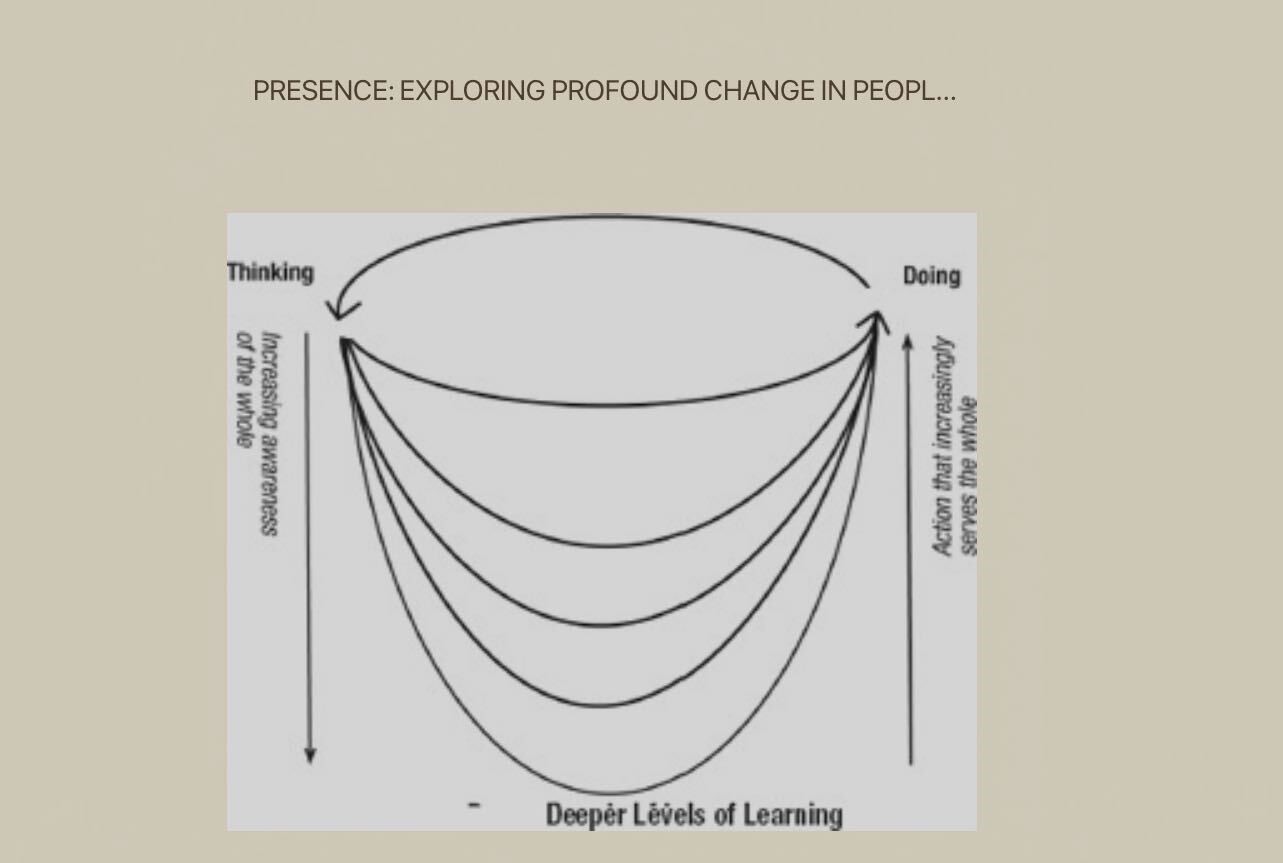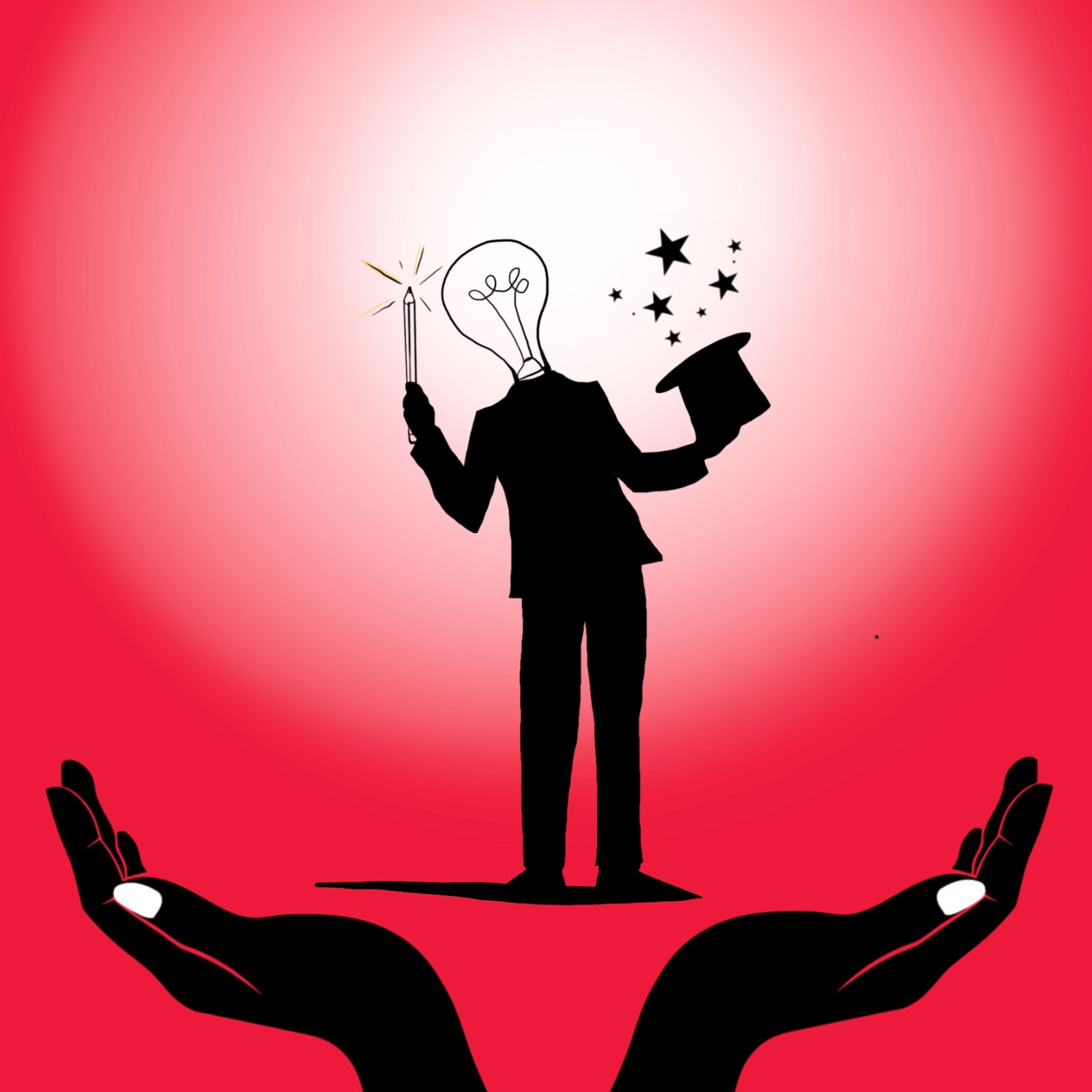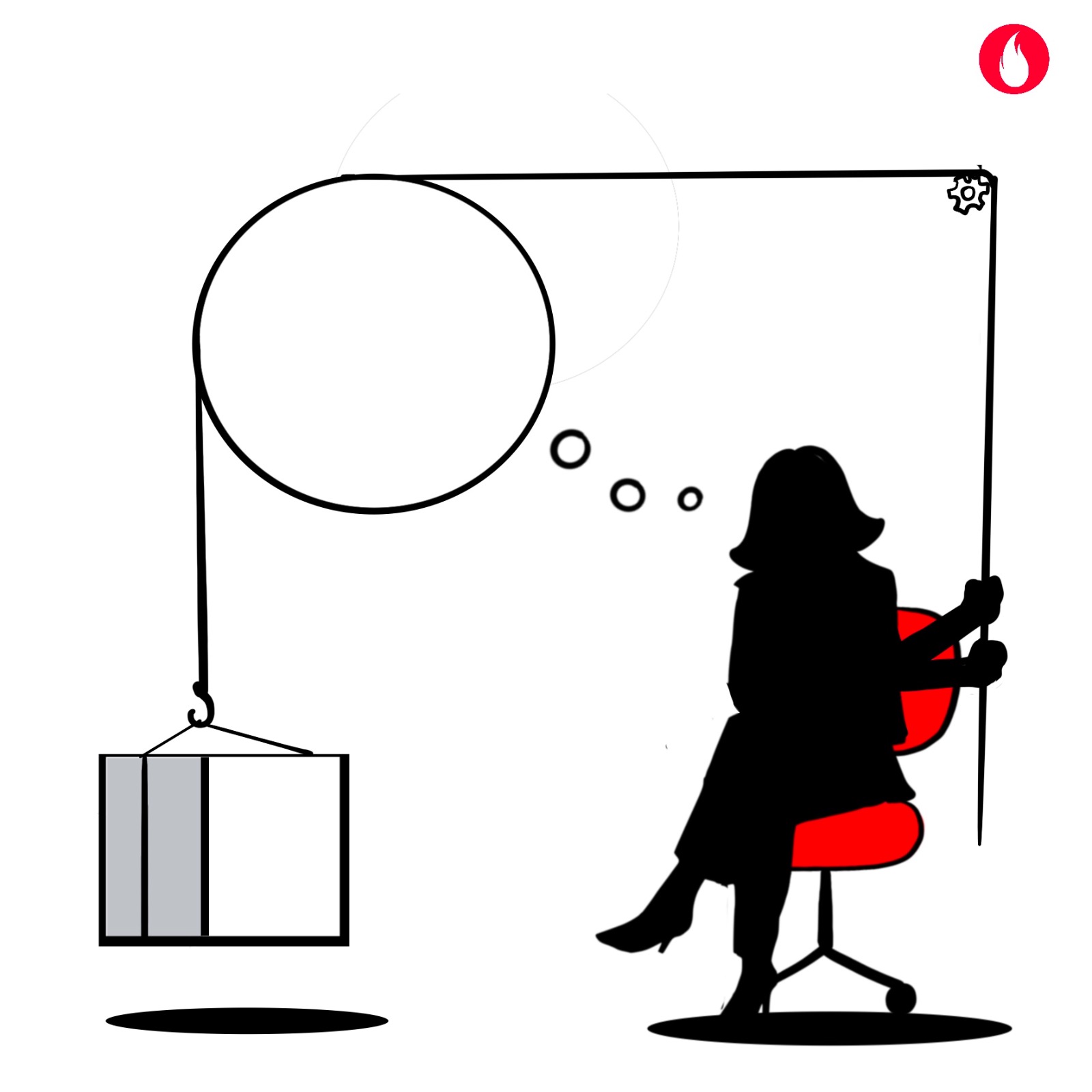A recent work interaction had me hopping mad. I would have responded in a typical way by erecting boundaries. A timely conversation with my mentor prevented it. He said “mull over the most appropriate response to this or any situation/conversation. I would have been a much better person if i had realised this earlier”. That got me to pause and reflect on my typical patterns of behaviour. Have you noticed patterns in your behaviour too? Or patterns in events around you? Experiments may hold the clue to break these patterns. Let’s explore ways to create deeper levels of learning through experiments in this edition of Agile OWL
Learning and Growth
Change is the end result of all learning. And all learning integrates thinking and doing /experiencing. Further to that, every experience &/or action builds our capability and helps us grow. The secret to growth however lies in the depth of our awareness, thinking and hence consequent actions.
When we approach situations with firm preconceived notions, we respond superficially. Even when we take action, these actions are reactive. These reactive actions further limit our learning – by reinforcing beliefs and causing silos.


Image Courtesy: Presence exploring profound change in people, organisations and society by Peter Senge and others.
Reacting rather than learning
We cognitively know that stepping out of our comfort zone is important for growth. We are aware that exploring our beliefs is critical to take on newer ideas. Yet many of us, business leaders especially struggle to do so, many a times. Why is it so hard? The probability for this lies both – at a tactical and a deeper humanistic level.
Tactical reasons:
- Management teams are busy. The busyness which is often worn as a badge prevents them from slowing down enough to explore beliefs at play.
- Many a times business leaders do not know ‘how to’ slow down and explore their own beliefs and actions or that of their teams.
- Being successful in their careers leads to further solidifying of beliefs and ways of working.
At a deeper level, it is harder to question our beliefs, because it strikes at the root of who we are. It can be chaotic & confusing to question and change all that we believe in. Questioning beliefs could feel like questioning our identity, asking ourselves who we really are? What do we stand for?
If changing our beliefs and mental models is so hard, how do we create learning and change?
Creating deeper levels of learning through experiments
It is hard to abandon mental models and deeply held beliefs. We must not even try to do so. Instead to create deeper levels of learning we must:
1) Be present to and call out the assumptions in our thinking:
As noted physicist David Bohm used to say, “Normally our thoughts have us, rather than we having them. Spotting and calling out our beliefs and assumptions does not require destroying or ignoring of our existing mental models of reality. Which would be impossible even if we tried. Rather it entails – hanging our assumptions in front of us”.
By doing so (spotting and calling out), we begin to notice our thoughts and mental models as the working of our own mind. As we become aware of our thoughts they begin to have lesser influence.
2) Gently, put the assumptions to test – through experiments:
Isaac Asimov futurist and inventor said ” Experiments are the least arrogant way of gaining knowledge”.
Isaac Asimov
Experiments help us to explicitly name the assumptions we are making by calling them hypothesis. Teams and individuals then frame ways to test hypotheses. This way of working creates a safe space for us to work with our beliefs.
How do experiments create safe spaces?
- We are not required to doubt/abandon our beliefs. Simply call them out and be present to them.
- We do not label any belief or mental model as right or wrong. We simply explore possibilities by testing the beliefs framed as hypothesis.
- By testing hypotheses, we generate data, which further helps us take an objective view during decision making.

Questions for leaders
Leaders and teams can create deeper levels of learning through experiments. The questions leaders can ask of themselves and their teams to get started are:
1) In your current role: what are some non-negotiable requirements from yourself that the role needs?
2) Do consider any key project you / your team is running: What are some strong preferences you have about how this project should be run?
3) Team behaviours: What are your strong preferences in how team members should be and act?
Just writing these out will be a good start to becoming aware of and exploring beliefs and assumptions.

Agile Stories
This is the story of an experiment from Mercedes, the luxury car manufacturer.
For long in the luxury segment, it was considered a taboo to show prices in the advertisements for luxury goods. Mercedes a luxury car manufacturer was trying to attract more millennial car buyers towards the luxury segment. They decided to treat this taboo as an assumption and test it.
Mercedes decided to test whether showing price range in a luxury ad campaign impacted results. They created three campaigns and deployed them to the same audience.
One campaign did not mention price at all. The second one included price peripherally within the campaign and the third one had price front and centre.
They measured results and found surprising results. Turns out, featuring price was the most important factor for millennials considering the purchase of a luxury car.
Note : This post is Edition 47 of the Agile OWL from the OWL umbrella. The Agile OWL is a newsletter focused on the human experiences and stories within agile transformations. Sign up to receive the newsletter here




November 22, 2022, 10:29 am
December 13, 2022, 5:52 pm